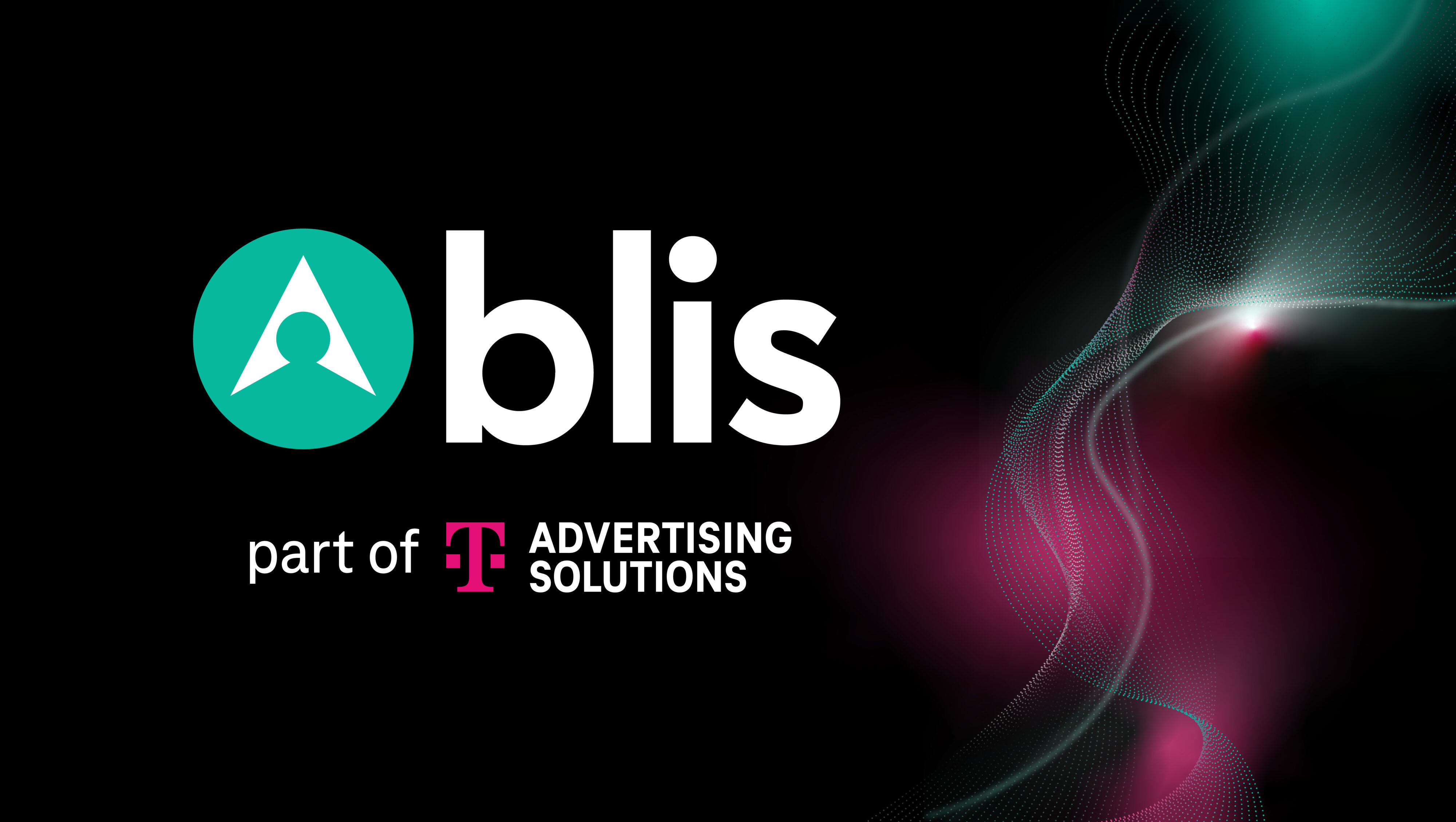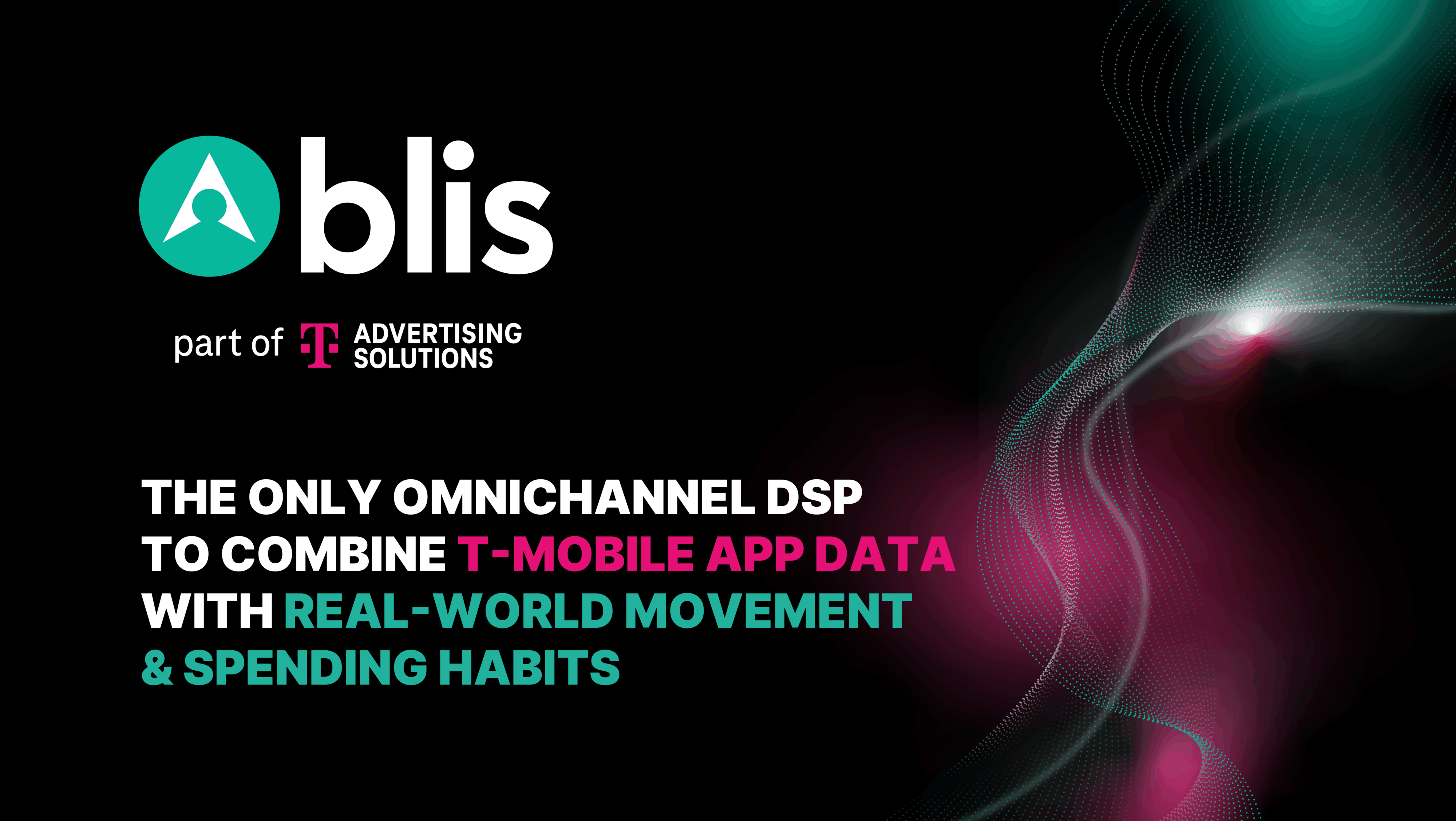One of the biggest challenges marketers face as they embark on advanced location-based advertising is understanding location data sources. GPS is the gold standard for location data; it’s accurate down to five meters. That’s what every marketer hopes to achieve in terms of accuracy, but it’s not always easy. Not all location data is created equally, and some sources are more accurate than others.
With so many different data sources available, it can be hard to know which is the best to use in any given campaign – and to know if one or many should be used. To simplify things a bit, here’s a brief description of each of the three most-used data sources, along with the pros and cons of each:
SDK (software development kit)
An SDK is essentially a piece of code that sits inside an app. The developer who’s built the app includes code that tells the app to collect location data constantly and consistently. Apps like Facebook and Apple’s “Find My Friends” are great examples of apps that use and SDK track your location 24/7. Note that these apps must have express user permission to collect location information.
- Pros: SDKs offer fantastic data collection. They can map a single device’s location throughout the day very accurately, which makes it easy for marketers to track patterns like daily trips to the gym or coffee shop.
- Cons: The biggest disadvantage to SDK data is scale. Because tracking location data around the clock can be a drain on a mobile phone’s battery, many developers are hesitant to include this functionality. App developers know that an app that drains battery life will be uninstalled in short order, which means reduced revenue for them. That limits the number of apps that offer SDK data collection, which can be an obstacle to scaling.
Bid stream/ exchange data
This latitude/longitude (lat/long) data comes mostly from ads running on installed mobile apps. While it could potentially come from other publisher placements, it’s more likely to come from apps for this simple reason: publishers must obtain express permission to use location data. On apps, permission to use location data only needs to be granted once, and that permission is often good for the entire lifecycle of the app. However, on any mobile site, permission for location data must be given every time the user starts a new browser session. This can lead to an unpleasant user experience, and many publishers aren’t willing to risk that, so they simply don’t request that information unless there’s a specific reason – for example, if the site offers local traffic or weather reports.
- Pros: The greatest advantage of bid stream data is that it can be easily scaled at the click of button.
- Cons: The biggest drawback of data from the exchanges is the risk of poor quality. When location data is obtained through the bid stream, it passes through an available impression, and the lat/long is attached to that impression. Publishers must pass along the source of that impression, and those sources comprise these types, simply referred to as types One, Two and Three. Type One is GPS data, and that’s the gold standard. Types Two and Three are less accurate and may be user-input data that is assumed to reflect their location – but it isn’t always correct. If I’m checking the weather in Florida because I’m about to travel there from New York, the data might actually place me in Florida based on the information I’ve provided. (This is why Blis only uses Type One data.) Even Type One data has to be checked for accuracy, because not all publishers – whether deliberately or out of ignorance – provide correct source data. There are also concerns about fraud with bid stream data.
Beacon data
This data is collected with actual hardware, similar to Wi-Fi hotspots, or to the Bluetooth boxes that were installed a decade ago to beam offers to nearby shoppers. While less scalable than other data sources, they are still quite exciting. Beacons work with SDKs within apps, and deliver incredibly accurate location data.
- Pros: The greatest advantage of beacon data is its accuracy. Marketers can see not only whether someone has been in a store, but how long they’ve spent in a particular aisle within that store. Today, it’s an excellent way for marketers to see if audiences are being driven into businesses. In the future, we may see CPG brands adding beacon-sensitive chips to particular products so they can collect data about which products end up in the shopping cart. Can you imagine the advances that would bring to attribution?
- Cons: The biggest issues with beacons relate to scale. Beacons rely on SDKs and Bluetooth to collect data. Not only does a consumer need to have an app with the SDK running, they also need to have Bluetooth turned on. (Keep in mind, as more and more connected devices – including the newest iPhones and Air Pods – enter the market, a larger number of consumers will keep their Bluetooth on, so this will become less of an issue.) The other disadvantage is that the beacon is actually hardware, so it does need to be purchased and installed in every location.
There’s really no bad way to choose data. As we’ve illustrated, each source has its benefits and its challenges, but they all work together well to paint a picture of your audience. The best course is not to put all your money on one horse: use all three, and use as many sources as possible – but be prepared to check the accuracy of any and all the data you choose.
Next up in the series: What’s post-bid verification, and is it something you need to keep your campaigns safe from fraud?



